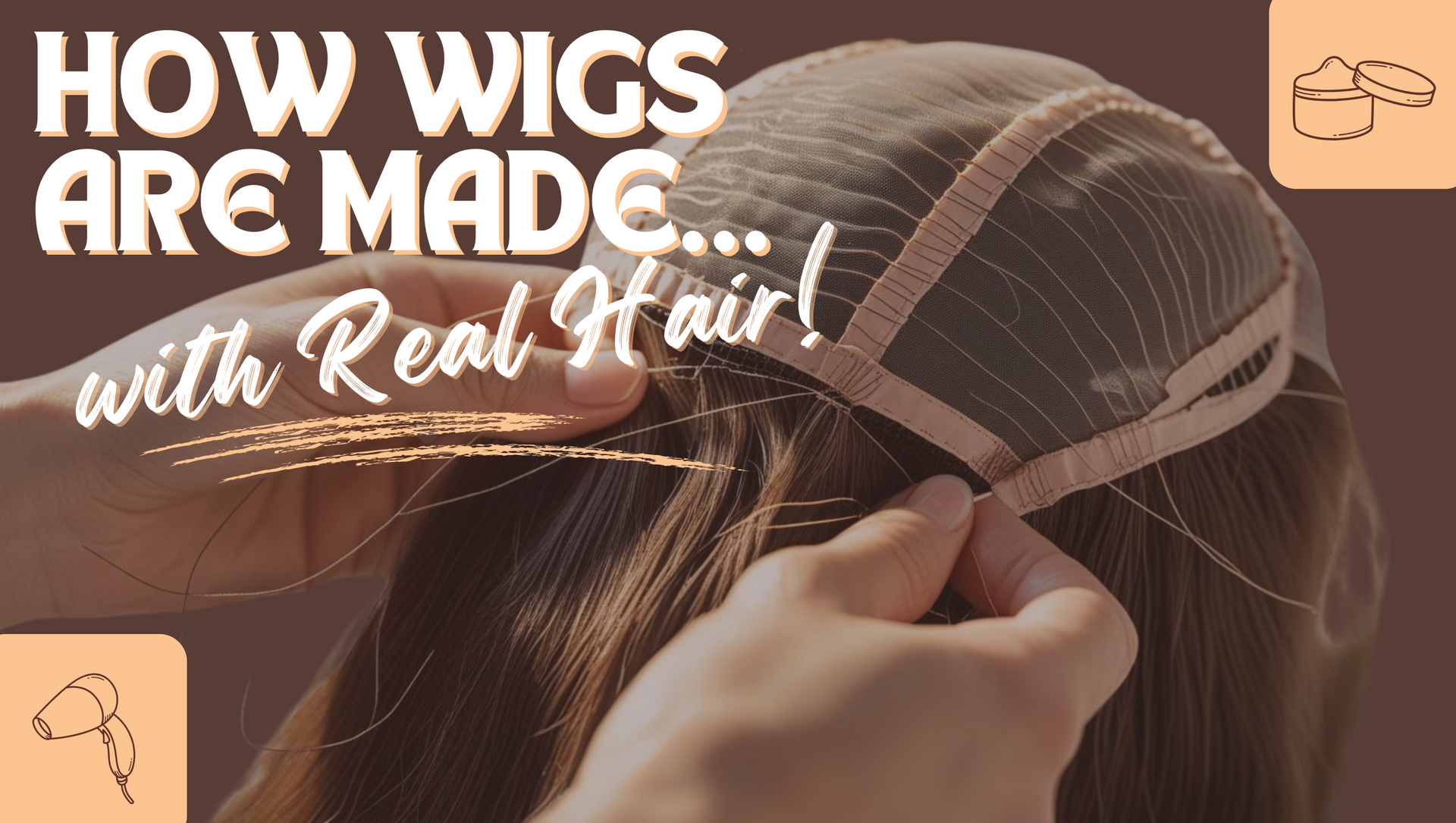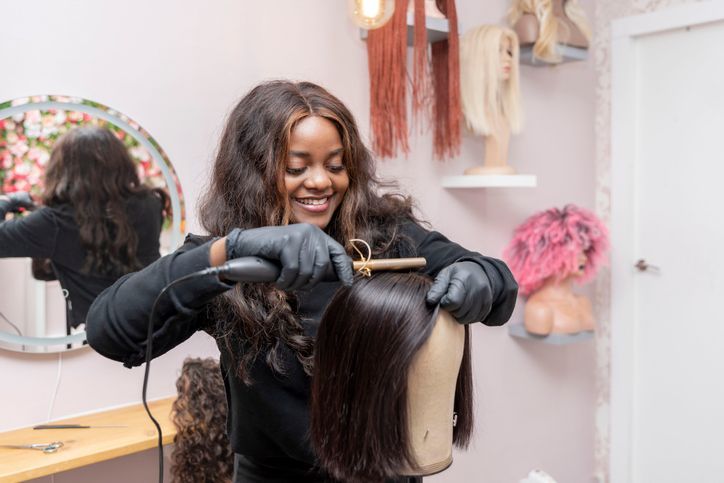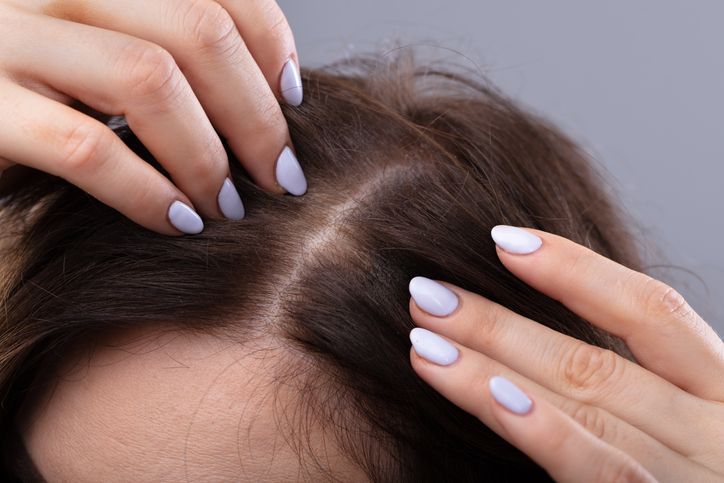The History of the Wig
A fascinating look at the history of the wig ...
From ancient civilisations to the glamorous courts of Europe, to enhancing confidence and comfort for people experiencing illness – wigs have held a prominent place in fashion, culture, wellbeing, and even societal norms.
Ancient Origins
The Egyptians, known for their advanced understanding of cosmetics and personal grooming, were among the earliest to adopt wigs as a part of daily life from around 3400 BC.
Predominantly worn by the elite, these early wigs were crafted from human hair, sheep’s wool, and plant fibres, and usually attached with beeswax or resin.
Not only were they a symbol of status and fashion, but they were also practical - offering protection from the sun and insects. This dual purpose came in handy because shaven scalps were a sign of nobility!
The tradition of wig-wearing took off in ancient Rome and Greece too. Again, these wigs were associated with power, prestige, and authority, and were often made from the hair of slaves. The Roman emperors were known to don elaborate wigs to help project an image of grandeur.
Wigs in European History
As Europe transitioned into the Middle Ages, wigs fell out of favour. However, they experienced a revival during the 16th Century, thanks to Queen Elizabeth I of England. The Queen is credited with popularising wigs in the European courts, with her signature, tightly curled red wig becoming an iconic symbol of her reign.
In the 17th century, King Louis XIII of France became one of the first high profile men to wear a wig. From a young age he wore a shoulder-length black wig for public appearances. Initially it was to disguise his baldness, but it soon became a status symbol among the French nobility.
Louis XIII’s son, King Louis XIV, took the tradition even further, donning long, full-bottomed wigs of tight curls. It’s believed the king employed 48 wigmakers in his staff. Their elaborate coiffures were sometimes so high and ornate that they required internal structures to support them!
From here, wigs became popular in both men’s and women’s fashion across Europe and colonial America. They were typically made of human hair donated by women in poor communities, with the wigs styled in intricate curls, rolls, and braids.
The Decline and Resurgence of Wig Wearing
By the late 18th century, as fashion trends shifted towards simplicity and naturalism, the popularity of wigs began to wane. The French Revolution marked a turning point - extravagant wigs declined in popularity due to their association with the aristocracy.
Today, wigs have experienced a resurgence, with communities all over the world embracing them for various reasons. These include fashion, self-expression, and individuals facing hair loss from illness or medical treatments.
From human hair to synthetic wigs, to hybrid wigs, hair extensions, hair toppers, and much more – the wig continues to play a dynamic role in our society.
Whether you’re experiencing hair loss, or just looking for a change – we’d love introduce you to the wonderful world of wigs. Our personalised wig fitting service is designed to make you feel comfortable, confident, and beautiful – just as you deserve. Reach out today to book your private consultation.












